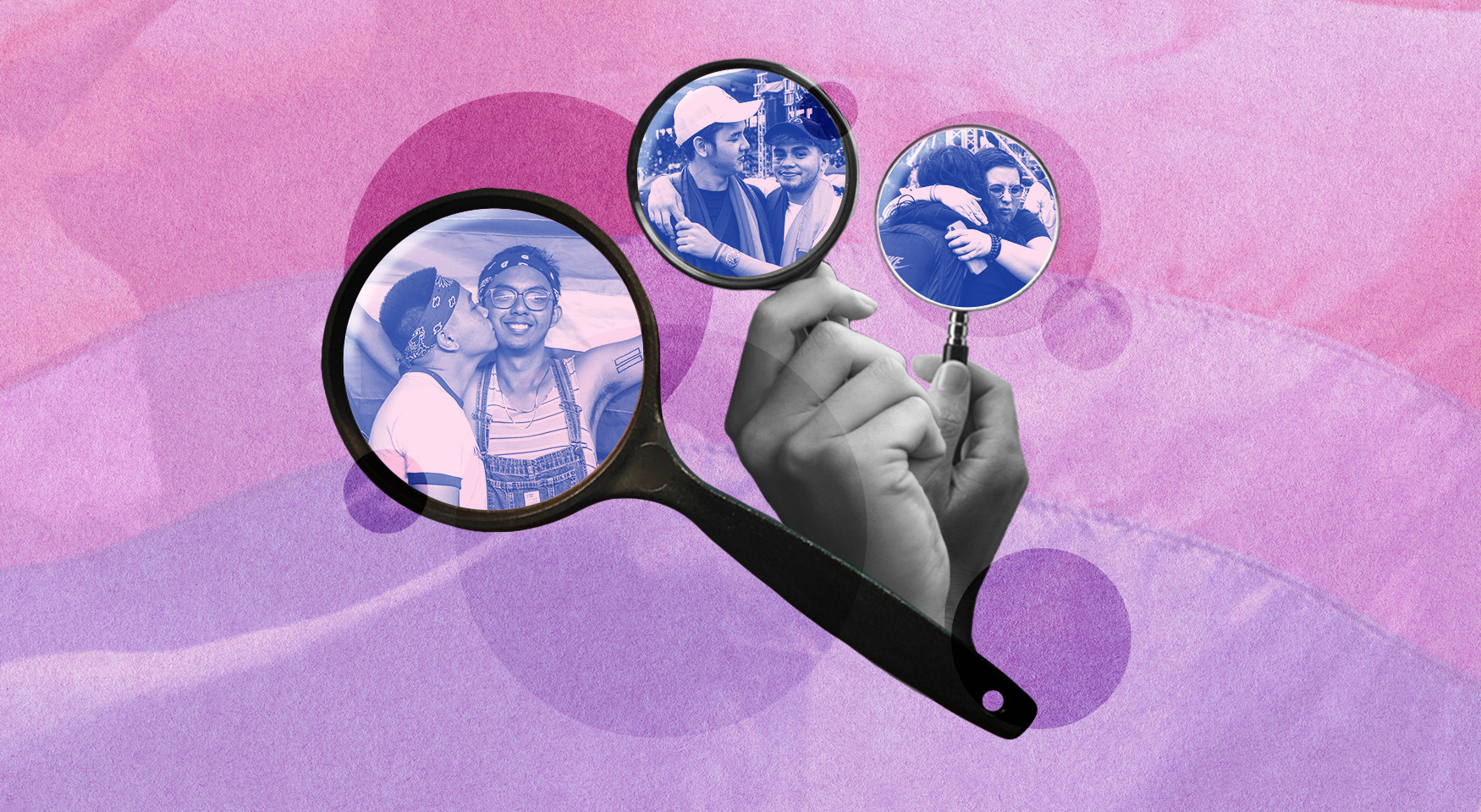Bisexual or "bi", is defined by the Merriam-Webster dictionary, as a person attracted to both same and opposite sex. Being bisexual has often been surrounded with various stereotypes and misconceptions, which are still rampant in today’s society. With that, allies and members of LGBTQIA+ community alike have continuously been striving to educate the greater society about bisexuals and bisexuality.
Today, September 23, 2020, marks the 22nd annual Bi-Visibility Day, which was started by American bi activists Wendy Curry, Michael Page, and Gigi Raven Wilbur in 1999. Despite the current global situation, over 80 events are being held around the world in celebration of this day, most of which are celebrated online.
Originally known as “International Celebrate Bisexuality Day,” September 23 is a day packed with celebration and events that raise awareness on bisexuality and confront bisexual and biromantic erasure.
A word from the community
Many are still confused and unfamiliar with the meaning of “bisexuality.” This is not necessarily out of prejudice, but a mere indifference, with many still thinking that the world is only in black and white when actually, the reality is more colorful and diverse than that.
In an online interview with The Benildean, ID 119 Fashion Design and Merchandising student (AB-FDM) and Benilde Hive (BHive) Executive Secretary and Gender Equality Head, Bryce de Vera, stated that bisexuality is independent on its own and should not be equated to other sexualities.
“Bisexuality is not determined by any experiences, it is enough that an individual has an attraction with any gender identity and/or gender expressions,” de Vera said, further explaining that a bisexual’s attraction knows no time, manner, and extent.
Getting straight to the point, de Vera lists down some of the myths and sterotypes that most bisexual people have had encountered at one time or another.
1. Half & Half
- A common misconception towards bisexuality is when people think that the concept of being bi is just being both “half homosexual and half heterosexual” however, it doesn’t mean that "because a bisexual dates the same gender identity and/or gender expression,” it suddenly makes them exclusively heterosexual or exclusively homosexual depending on the gender identity or expression of their partner.
2. Bisexuality = Phase?
- A myth that centers around how society deems bisexual people as “confused” or “undecided” therefore, pressuring them to “pick a side” that harms not only bi people but also, those who are "still in their period of questioning" or those people "still in the process of discovering their sexual orientation, gender identity, and/or gender expression (SOGIE).”
3. “You can’t be bi, you’ve only dated one gender/sexuality!”
- Whenever a bi person has a relationship with either the same sex or the opposite sex, some people automatically puts them in a box that says “homosexual or heterosexual” making their sexuality and feelings invalid.
4. Bisexuality and pansexuality?
- Since bisexuality is a form of sexual orientation, it is different to how it's a common misconception with pansexuality. “While bisexuality is the attraction to two or more gender identities and/or gender expression, pansexuality is the attraction to individuals regardless of their sexual orientation, gender identity, gender expression, and/or sexual characteristics (SOGIESC).”
As more people try to invalidate the existence of bisexuality in our country, de Vera uses the term “bi-erasure” which highlights the intention of using controversial statements that are weaponized to discredit the existence of bisexual people.
“Most people prefer to be stubborn while some people are ignorant, and this causes comments like the above to spread rampantly,” they added.
They also believe that the majority of the citizens in our country, especially those in power, are the ones deliberately choosing to be ignorant; as it becomes more evident everyday that not only bisexual people, but the whole LGBTQIA+ community are most likely to only tolerated rather than accepted in our society—making their lives feel as if they are unwelcome to become who they really are.
When asked about people who are hesitant or afraid to come out as bisexual, de Vera expressed, “bisexuality is valid and will always be. They’re not confused and it’s not a phase. Bisexual visibility is important, as well as their existence and representation in the media. Don't be afraid to speak up about what you believe your SOGIE is.”
As the LGBTQIA+ community celebrates Bi-Visibility Day around the world, society is reminded that the need for acceptance and understanding is essential while bisexuals are reminded that they are enough; they are loved and that they matter.
Learn more about bi-visibility and participate in the different events being held by communities around the world by clicking here.


